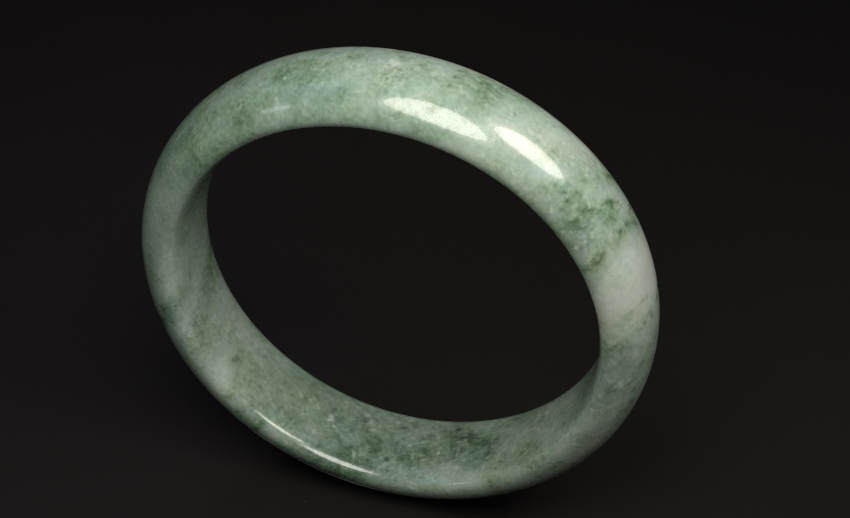

In the node editor add a texture node (Shift A->Texture->Image) and select the texture in the node. Open a texture in the image editor or drag and drop it into the editor. You probably need to use a low gain(0.00001) as the sun lamp is very bright.įor more in-depth information about lights, seeĪdd a Glossy material node (Shift A->Material->Glossy) and connect the material socket to the material socket on the output node. Select the sun lamp and decrease its Gain until you can see the HDRI lighting. Stop the render (ESC) and enable viewport rendering (Shift Z). If your start-up file in Blender has the sun lamp, you might not see the HDRI light up your scene now because the sun lamp overpowers the HDRI. On this panel you can also enable/disable the default sky lighting. Go to the World panel and enable the HDRI option and open a HDRI file. Lighting a scene is usually done by area lights or a HDRI. If you get an error about no lights in the scene then simply add an area light (Shift A->Lamp->Area) and press F12. Depending on your start-up file you might already have a light in your scene. Click the "Add" button next to the Emission socket to configure light emission.


The output will then automatically change to the "Bump" type and you can plug it into the corresponding material socket. If you have a normal map texture, create an imagemap node, select the texture and enable the "normalmap" checkbox on the imagemap node. Bump: Used for bump or normal mapping.So if you want to make leaves with an alpha texture, plug it into the opacity socket of a glossy translucent material. In LuxCore this is usually preferable to using the classic "mix with transparent shader" approach because the opacity socket is optimized and much faster. Opacity: Used to make the material transparent.Note that in LuxCore, all materials have three sockets in common:.Start a viewport render and connect them to the output (or duplicate the output and switch between them) to see how they look like. After you found the nodes, try adding a few more materials.BlendLuxCore adds nodes around the origin of the node editor, and your focus might be set somewhere else from before. If you still do not see any nodes, try to zoom out and pan around a bit or press the Home key on the keyboard.It will be showing the wrong kind of node tree (probably compositing nodes), so switch the node tree type in the header to "LuxCore Material Nodes", as seen here: BlendLuxCore Node Editor After you clicked one of the buttons, open a node editor.Here is a description of the materials with example images: LuxCoreRender Materials It offers several of the base materials with only one click. However, you can also click one of the buttons in the panel below that is labeled "Node Tree Presets".If you would click that, it would add a matte material (similar to Cycles' "diffuse" shader).

You will now see a button called "Use Material Nodes".Open the material tab in the properties:.The world light source can be changed in the world panel. You can specify halt conditions to tell LuxCore to stop rendering after a certain amount of time, samples or noise level is reached, but this is only strictly required when you want to render an animation or multiple render layers (otherwise the first frame or the first render layer would render endlessly).īecause the world in BlendLuxCore is set to a "Sky" light by default. Why is the render not stopping and the progress bar not filling?īy default, LuxCore renders endlessly until you press Esc to stop the render (when you are satisfied with the noise level).We did not touch any materials yet, so they are converted with the fallback material that is supposed to tell you "this object is missing a material (or node tree)". In BlendLuxCore, every material should have an associated node tree. This is Piita's Hungry for Light scene from the old LuxRender show-off pack


 0 kommentar(er)
0 kommentar(er)
